“Anarchism is not a romantic fable but the hardheaded realization, based on five thousand years of experience, that we cannot entrust the management of our lives to kings, priests, politicians, generals, and county commissioners.”- Edward Abbey
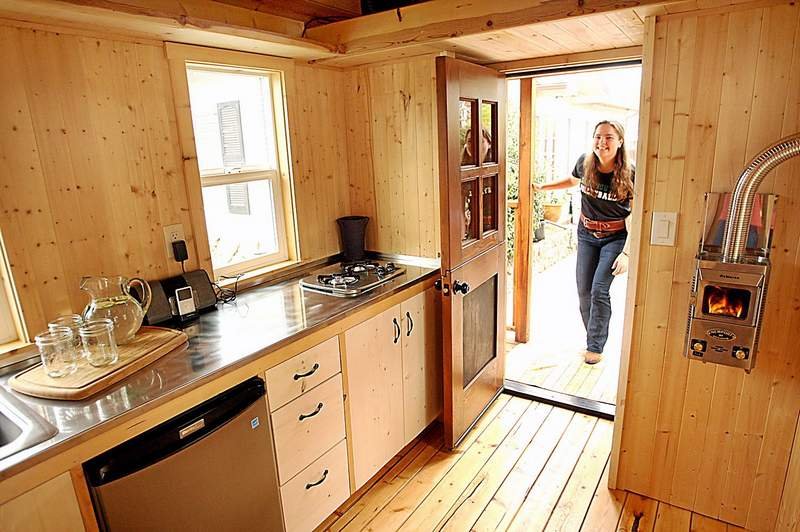
I studied architecture at the University of Southern California. And after five years and endless nights in the studio, I grew bitter about the direction of my own practice. The history of architecture taught me that things have generally changed for the worst in the field, due to suffocating regulations and greedy interests.

Architecture began as a form of basic shelter, constructed by its own inhabitants. Now, it is a multi-billion dollar industry seeping with code, corruption, pollution, greed, toxins and a lack of sensibility towards its inhabitants.
Architectural codes are often times in pure contradiction of what is best for building practice and the formation of a healthy and sustainable living situation. In fact, there are codes here in California which force you to use materials which have turned out to be toxic. They have done nothing to allow for alternatives. This is why my interest in anarchist thinking has led me to believe that off-the-grid sustainable housing is the right direction for those people who wish to exercise their beliefs in the best way possible.

I believe that the practice of architecture is a culture of hierarchy that appears entirely at odds with the ideals of anarchy: architecture is dependent upon commissions and regulations; the architect must work within a time frame, budget and brief, and is restricted according to safety, money and law. Anarchy, on the other hand is the social and political suggestion that expresses negation of all power, autonomy, domination and division. I can say with certainty that most architectural practice in this world will continue under a regimented system, but total ownership of your living space is a step forward for those who with to distance themselves just a little more from the government. In fact, off-the-grid housing is already changing thousands of lives around the world.
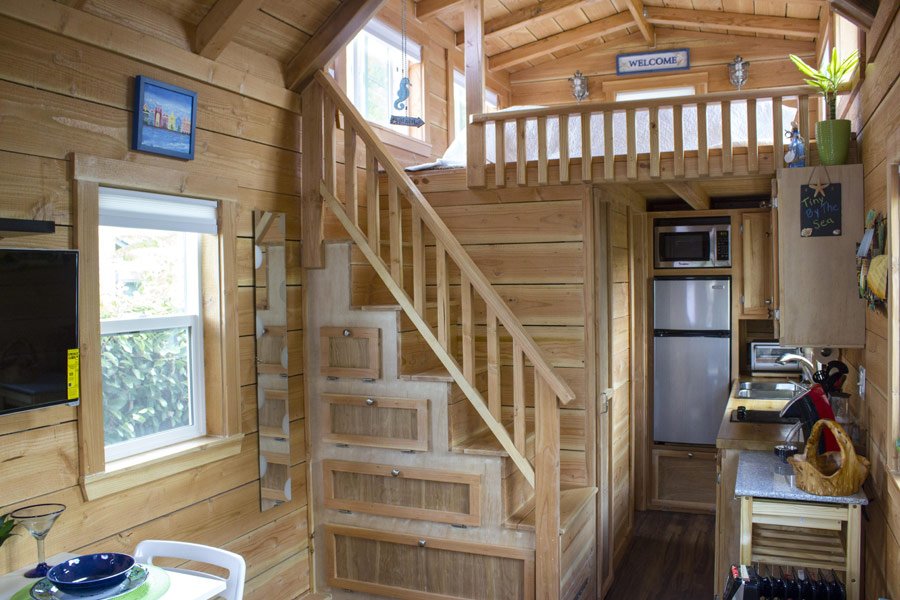
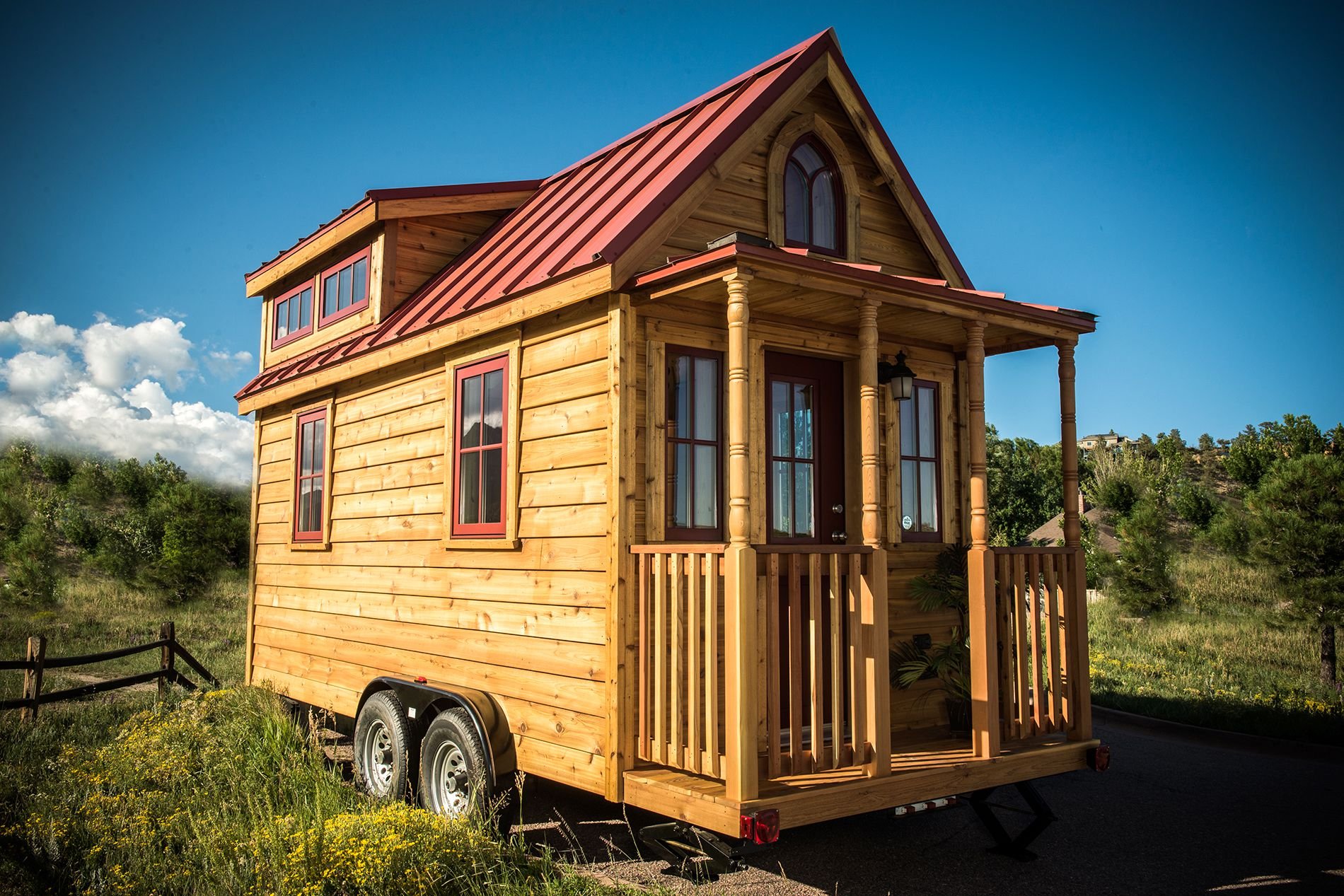
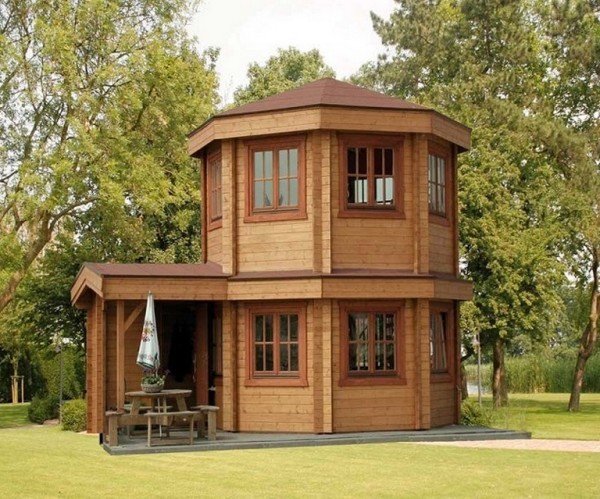

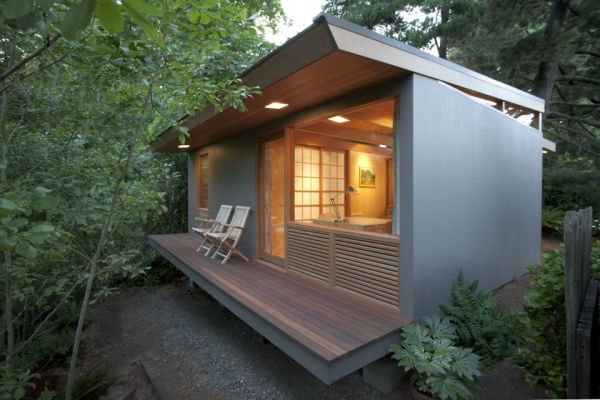
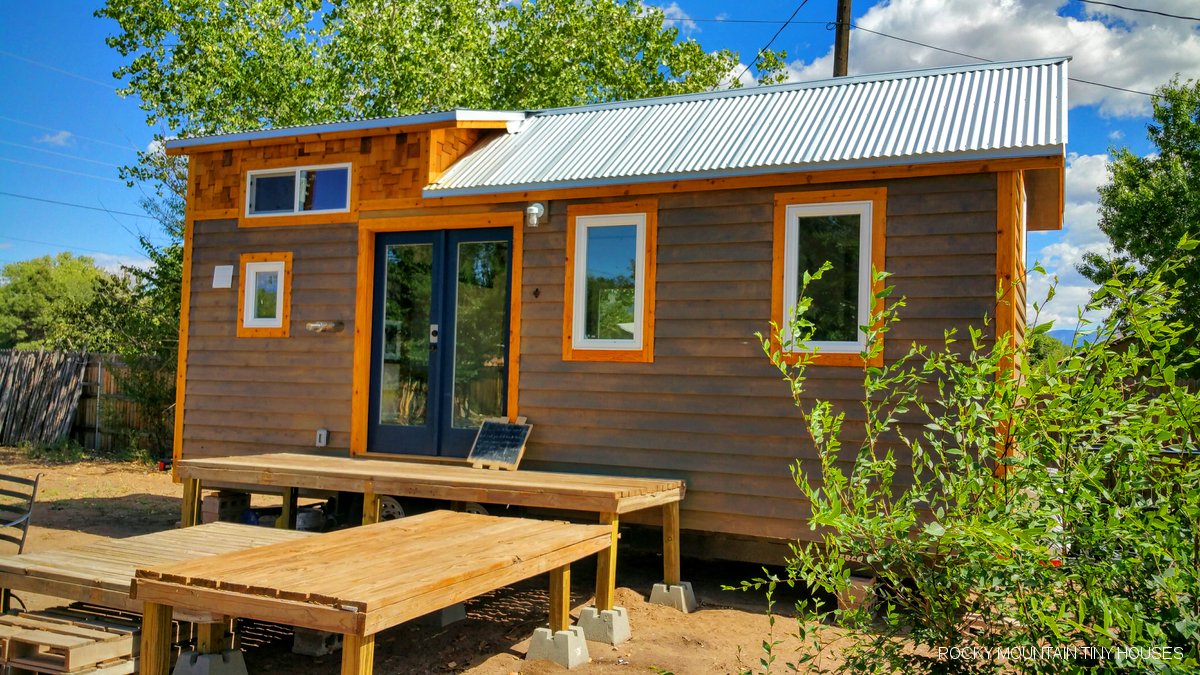
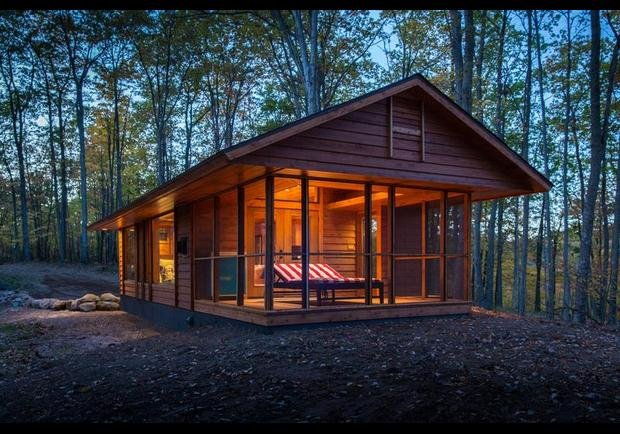
THE TINY HOUSE MOVEMENT
To me, the tiny house movement is one of the best examples of anarchist architecture. Tiny housing is typically built and owned by its own inhabitants and is completely powered by solar energy, due to the minimized need for electricity. Passive heating and cooling systems eliminate the need for air conditioning and heating. In some cases, tiny houses can be hauled just like a mobile home would be, yet the permanence aspect of certain dwellings is appealing to many.
Some benefits of owning a tiny home are:
-No electricity bills. Not relying on the city for power is a huge step towards being independent.
-Low cost. These houses are very cheap to build, and if you have the guts, you can even build them yourself!
-Helping the environment. The footprint is very small and recycled materials can be used to build the whole thing.
-Removing the clutter in your life. Having less possessions has actually proven to redirect your focus.
-Engaging with the outdoors. Tiny homes tend to utilize outdoor space more.
-Grow your own food. Everyone should be doing this anyways, but I have seen some very cool designed which implement this feature around the home. Green roofs are also possible.

TAKING BACK OWNERSHIP OF YOUR LIFE
One of the most rewarding things you can do is to design your own living space. Not only is it fun, but it gives you complete ownership of your space. People need to feel a connection to their living space, something that has been lost and diluted as people are being herder into cookie cutter conditions all across the world.
LIVING IN COMMUNITY
Tiny homes might imply a hermit lifestyle, and it is great for those who wish to have that lifestyle, but tiny home communities provide a richer platform than the modern neighborhood. Outdoor resources can be shared and there is an increased sense of depending on each other, rather than depending on the government.

There are many was to liberate architecture from the hold of government power. As I stated in the introduction, architectural code has made it almost illegal to build the way architecture rebels want to design. Living on private land is currently the most plausible way to be off-the-grid. But I believe there are endless ways to incorporate the ideas of anarchist architecture into our cities. If you check out my previous post, I am working on a project with Behshad Shokouhi to bring a new way of designing mid-rise high density housing in our city and across the world. Many of the same principles stated in this article hold true.
@benjiberigan/act-of-dwelling-steemits-first-post-about-sustainable-mass-housing-for-the-future

